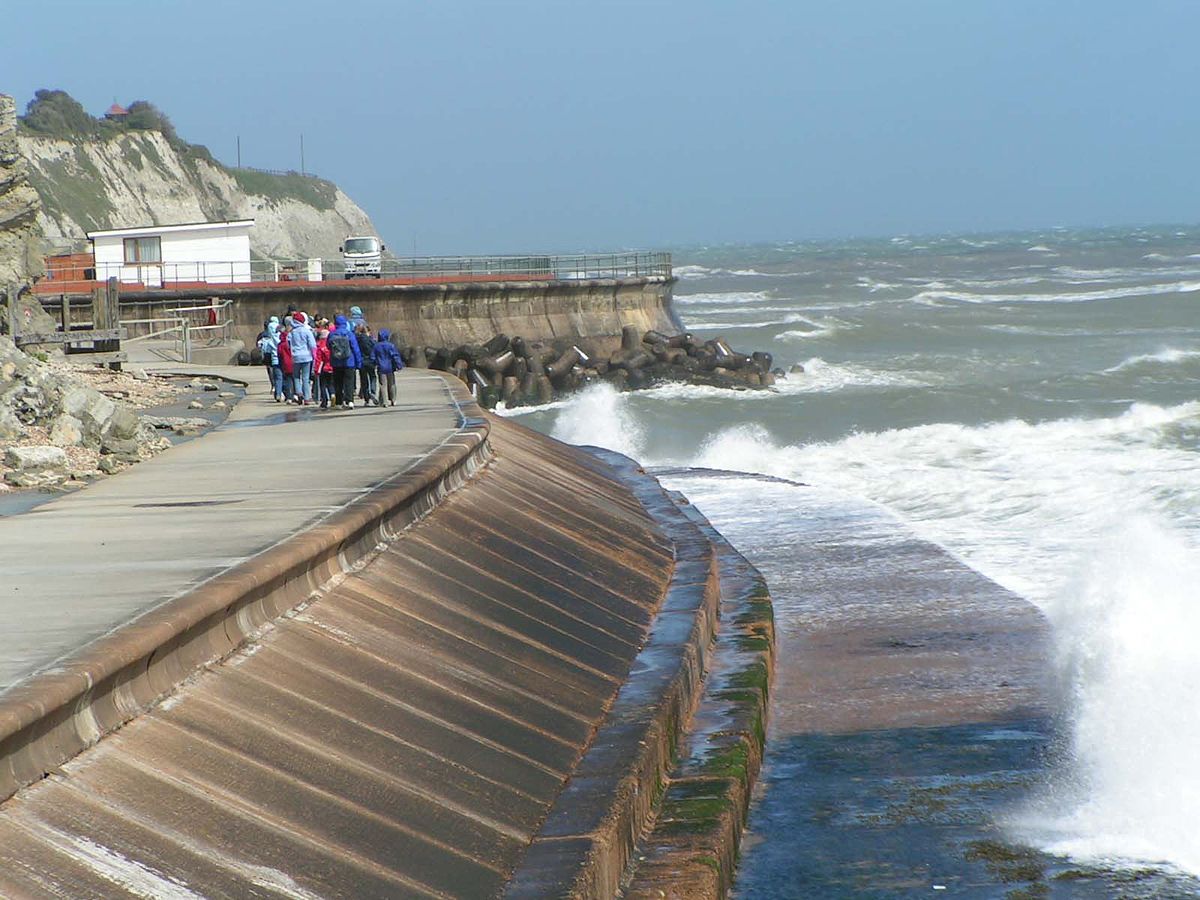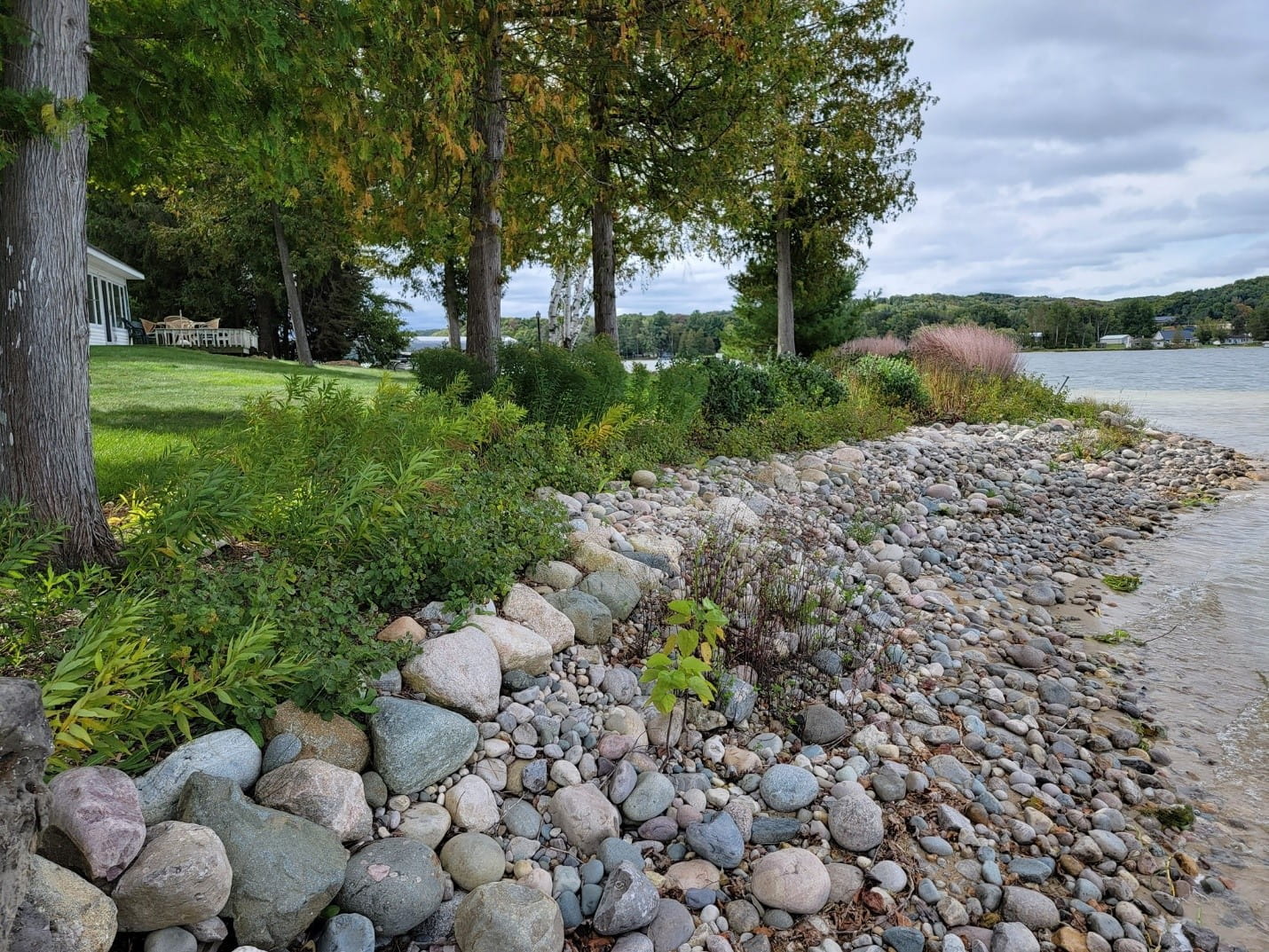Some Known Facts About Shore Protect Team.
Table of ContentsShore Protect Team for DummiesThe smart Trick of Shore Protect Team That Nobody is Talking AboutNot known Incorrect Statements About Shore Protect Team Shore Protect Team Things To Know Before You BuyThe Greatest Guide To Shore Protect TeamIndicators on Shore Protect Team You Need To KnowSome Known Details About Shore Protect Team
Reduction in building worth: As the location tourism is influenced by disintegration, so then is the economic situation. Buyers are less most likely to look for a coastline residence that might be damaged at any kind of moment by the upcoming flooding and disintegration emergency situation. Consequently, residential or commercial property value can drop exceptionally and impact the entire area.Whether a beach is just little and jampacked or needs to shut completely for the security of the ecological community and nearby residential or commercial properties, this substantially affects tourist. In turn, local economic climates are affected (https://www.band.us/band/100254607). Risk of injury: The increased danger of flooding and structural failings causes an increased danger of injury to close-by visitors and community members

is home to even more than 84,240 miles of coast with 41% of it exposed to the open sea. Coastal designers supervise of protecting the shore against changes by reducing the destructive effects of both all-natural and man-made occurrences. Coastline stablizing is straight associated to their work. Waterside hotels: Because shoreline erosion influences tourism, it affects the success of beachfront resorts.
Rumored Buzz on Shore Protect Team
Coastal business companies: No vacationers suggests no business. Coastal state parks: State parks that exist along shorelines are at risk of damage.
Tough stablizing makes use of synthetic frameworks as security to regulate disintegration. A lot of kinds of difficult stabilization like seawalls and sheet steel are not optimal for shoreline stablizing.
Not known Details About Shore Protect Team
There's additionally not sufficient evidence of their efficiency relying on the sort of coastline and neighborhood problems. Difficult stabilization strategies tend to be much more challenging to install and do not match the natural aesthetic, sticking out like a sore thumb and harming neighborhood ecological communities in lots of scenarios. Coastline nourishment is the procedure of adding shed sand and sediment back to coastlines after erosion has occurred.
TrapBags help in the procedure of coastline nutrients by protecting natural ecosystems and allowing plants to expand. While this process can be costly and is not long-term, the pros have a tendency to exceed the disadvantages. TrapBag barriers deal many buildings that make them suitable for coastal and shore disintegration defense. They're: Eco-friendly: You can use native dirt both to surround and to fill up the TrapBags.

Everything about Shore Protect Team
Easy to mount: Reduce of installment implies TrapBags can be released rapidly in case of an emergency. They can additionally be mounted without any kind of heavy machinery. Budget-friendly: TrapBags are excellent for both little and huge locations of shoreline. They provide a budget-friendly service to cover jobs of any type of dimension.
Integrated with a high building and construction price, this has actually resulted in raising use of other soft design coastal management alternatives such as beach replenishment. Seawalls are constructed from different materials, the majority of typically strengthened concrete, rocks, steel, or gabions. Various other possible building and construction materials include plastic, wood, light weight aluminum, fiberglass composite, and biodegradable sandbags made from jute and coir. The proper seawall layout relies upon location-specific aspects, consisting of surrounding disintegration procedures. There are 3 primary types of seawalls: vertical, rounded, tipped, and piles (see table listed below). A record published by the United Nations Atmosphere Program (UNEP) suggests that the tidal wave of 26 December 2004 created much less damages in the areas where all-natural obstacles were present, such as mangroves, reef or seaside plants.
All-natural barriers, such as coral reefs and mangrove woodlands, avoid the spread of tsunamis and the flow of seaside waters and alleviated the flood and rise of water. A cost-benefit strategy is a reliable way to figure out whether a seawall is proper and whether the advantages are worth the cost.
The Single Strategy To Use For Shore Protect Team
A seawall is a fixed function which can contravene the dynamic nature of the shore and hinder the exchange of debris in between land and sea. The table listed below sums up some favorable and unfavorable results of seawalls which can be used when comparing their effectiveness with other seaside monitoring choices, such as beach nutrition. [] Benefits and negative aspects of seawalls according to Short (1999) Advantages Disadvantages Long-term solution in contrast to soft coastline nutrients.

This can trigger beaches to dissipate, rendering them pointless for beach goers. Typically, seawalls can be a successful way to regulate coastal disintegration, yet just if they are built well and out of products that can hold up against the pressure of continuous wave power. Some understanding is required of the coastal processes and morphodynamics specific to the seawall area.
The Of Shore Protect Team
Integrated with a high building and construction expense, this has resulted in boosting use other soft engineering seaside administration alternatives such as coastline replenishment. Seawalls are built from different products, the majority of commonly enhanced concrete, rocks, steel, or gabions. Various other possible building materials consist of plastic, wood, aluminum, fiberglass composite, and biodegradable sandbags constructed from jute and coir. The suitable seawall design depends on location-specific elements, including surrounding erosion procedures. There are three major kinds of seawalls: vertical, curved, stepped, and piles (see table below). A record published by the United Nations Environment Program (UNEP) recommends that the tsunami of 26 December 2004 created less damage in the areas where natural obstacles were present, such as mangroves, reef or seaside plant life.
All-natural barriers, such as reef and mangrove forests, avoid the spread of tsunamis and the flow of seaside waters and alleviated the flood and surge of water. A cost-benefit technique is an effective means to establish whether a seawall is proper and whether the benefits are worth the expense.
The Definitive Guide for Shore Protect Team
A seawall is a fixed attribute which can conflict with the dynamic nature of the shore and hamper the exchange of sediment in between land and sea. The table below sums up some positive and negative impacts of seawalls which can be utilized when comparing their performance with other coastal management options, such as coastline nourishment. [] Advantages and negative aspects of seawalls according to Short (1999) Benefits Negative aspects Long-term service in comparison to soft beach nutrients. commercial bulkhead.

This can create coastlines to dissipate, making them worthless for coastline goers. Generally, seawalls can be an effective method to regulate coastal disintegration, but just if they are built well and out of materials that can withstand the pressure of continuous wave energy. Some understanding is required of the seaside processes and morphodynamics specific to the seawall place.